Jolin Gitgud Manual
Jolin
Ikke kategoriseret
Gitgud
| Mærke: | Jolin |
| Kategori: | Ikke kategoriseret |
| Model: | Gitgud |
Har du brug for hjælp?
Hvis du har brug for hjælp til Jolin Gitgud stil et spørgsmål nedenfor, og andre brugere vil svare dig
Ikke kategoriseret Jolin Manualer
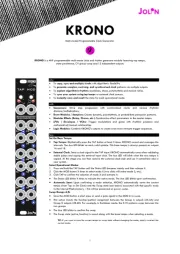
1 Oktober 2025
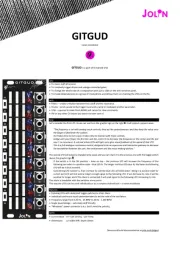
17 Juni 2025
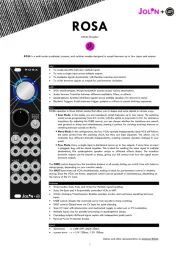
30 Maj 2025
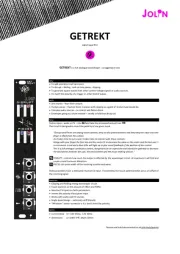
30 Maj 2025
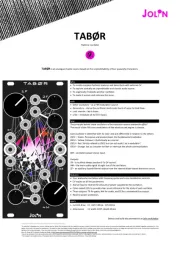
23 August 2024
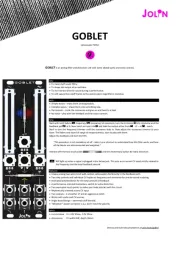
23 August 2024
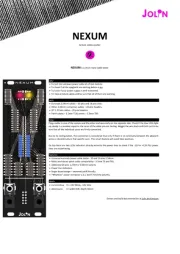
23 August 2024
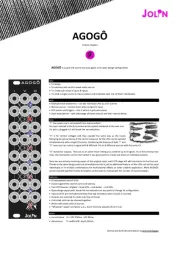
23 August 2024

23 August 2024
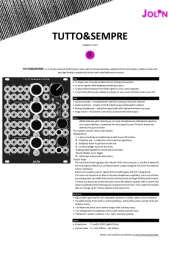
19 August 2024
Ikke kategoriseret Manualer
- Edelkrone
- Swarovski Optik
- Citronic
- GBC
- OXO Good Grips
- Backyard Pro
- Ampetronic
- Coyote
- Leatt
- Cotech
- Avantco
- Camry
- Mettler
- Surebonder
- Govee
Nyeste Ikke kategoriseret Manualer

6 December 2025

6 December 2025

6 December 2025

6 December 2025

6 December 2025

6 December 2025

6 December 2025

6 December 2025

6 December 2025

6 December 2025
